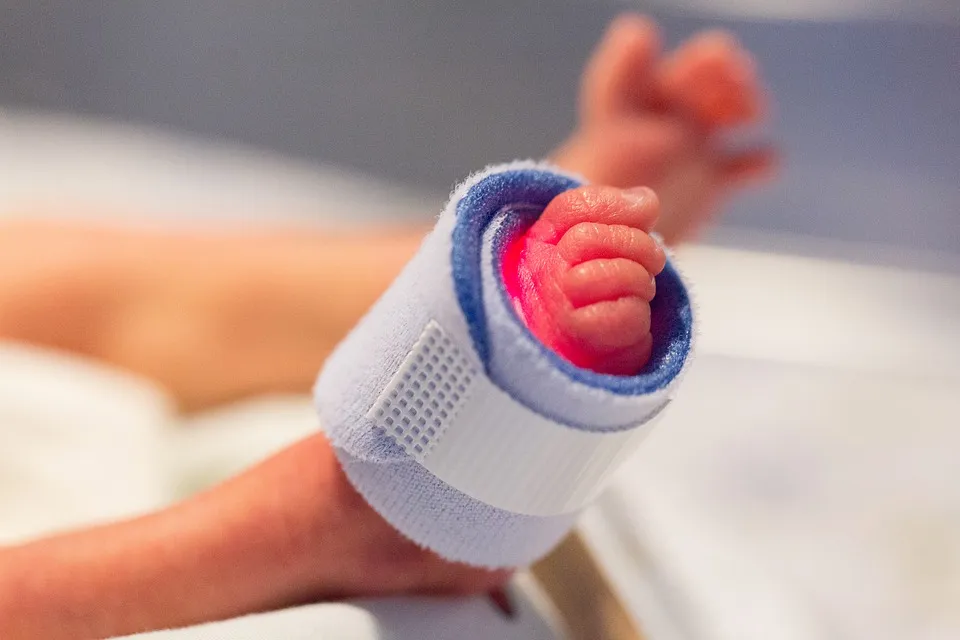
Pediatric Abusive Head Trauma:
This is a VERY important subject to talk about. By the end of this post you will be able to identify if someone has abused your baby, loved one, or any child for that matter. You will learn the common excuses used to hide or conceal child abuse, along with the symptoms and tell tell signs that are associated with abuse. Also, what doesn't classify abuse, so if you see a bruise on a kid you don't immediately jump to conclusions.
I feel grateful that I now have this knowledge to relay\educate people with. I hope to make some type of an impact, and use my abilities to prevent incidences like this from happening.
At the end of the post I will include the actual video used in gaining certification for Pediatric Abusive Head Trauma for Physicians. If you have babies of your own, or plan to, or would just like to know, just to help keep your loved ones safe; don't skimp on this post and make sure to watch the 45 minute video. I HIGHLY X INFINITY RECOMMEND WATCHING THE VIDEO AT THE END!
Shaken Baby Syndrome
This is the term that everyone may be familiar with, although this is not the preferred terminology for this type of head trauma. The reason being is that, the head trauma associated with "Shaken Baby Syndrome" is not only found in babies, but has also been shown in children ranging from, infant to 8 years of age. This is where the term is at fault. As a future Healthcare Professional, I am taught to still refer to it as "Shaken Baby Syndrome" to the average laymen, because of the familiarity of the term. Since 2009, the preferred term is (AHT) Abusive Head Trauma.
- AHT is the most deadly and dangerous form of physical child abuse. It can be caused by vigorous shaking, impact, or both.
Things that don't cause AHT:
- Short falls
- Bouncing a child on your knee or vigorous play
- Immunizations
- Vitamin C or D deficiencies
- Toddlers, pets, or siblings
The "American Academy of Pediatrics" stated:
"The act of shaking that leads to Shaken Baby Syndrome is so violent that the individuals observing it would recognize it as dangerous and likely to kill the child."
There are times when an impact that lead to AHT, will not leave behind any indication that an injury occurred. For example, slamming a child down on a soft surface like a mattress, will only leave internal injuries, with no external indication.
TEN-4 Bruising Rule:
This is a very helpful tool to use in assessing if a child has been abused. Any bruising on:
- T -orso
- E -ars
- N -eck
of a child 4 years or younger is a red flag. Or ANY bruising ANYWHERE on a child 4 months or younger. There is a rule of thumb used here for 4 months and younger. If the child isn't old enough to walk and get around on its own, there should be no reason for any type of bruising. The saying used is, "Those who don't cruise rarely bruise."
Common explanations for child abuse bruising:
- Slept on pacifier(Cheek bruises)
- Head dropped on a toy during tummy time (Chin\neck bruises)
- Holding face for nasal suctioning or med administrations (chin\neck bruises)
- Pinched while strapping into car seat
You have to be aware that with an infant, one little dime sized bruise can be indicative of an array of internal damage that has been done. They are such fragile little things.
Normal bruising for toddlers and older children: Due to normal activities and play.
- On the front of the body
- Over the bony prominences (Forehead, elbows, knees, shins)
Physical symptoms and indications of AHT:
- Infant with bruises
- Vomiting without diarrhea
- Apparent life threatening events (ALTE)
- Seizure without fever
- Sudden increase in head circumfrance
- Inconsolable crying
- Hidden fracture finding
- Developmental delay
The symptoms vary giving the severity of AHT:
- Vomiting
- Poor feeding
- Poor focus\tracking
- Irritability
- Lethargy\difficult to arouse
- Unusual sleepiness or seeming "spaced out"
- Seiures
- Breathing difficulty\gasping respirations
- Bradycardia\cardiac arrest\death
"Bruising in babies is NOT normal."
"Maltreatment can and does occur in "nice families".
Sources from video presented
Pediatric Abusive Head Trauma - Melissa L. Currie, M.D.
Thank you for taking the time to read my post. I hope you feel more empowered and capable of keeping the children in your life safe. Follow me @intrepidthinker
Please resteem to help me educate, and spread awareness.
Recommended content:
@matt-a, @robrigo, @kotturinn, @tommyinthesun, @modernnomad, @broester, @sid-the-kid, @madscientistx13, @cavalry , @pmill, @funkymunky20000, @joeysays, @amille
